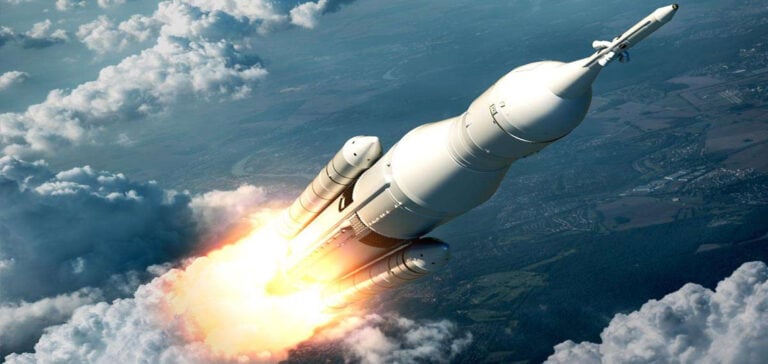The Evolution of Nuclear Propulsion has radically transformed the way we think about space exploration. Spectacular advances have been made over the decades, but one of the most striking and discreet developments has been the integration of nuclear propulsion into our quest to understand the universe around us.
The Challenge of Interstellar Exploration
The race to conquer space has always been driven by a desire to push back the limits of science and technology. However, there are fundamental challenges to overcome in order to reach the farthest reaches of interstellar space.
The development of space nuclear propulsion has been underway for decades, but is now entering a phase where it is moving from theory to reality. NASA recently awarded a $5 million contract to Ultra Safe Nuclear Corporation (USNC) to manufacture and test advanced nuclear fuel. This marks an important transition, as nuclear propulsion moves from the design phase to the concrete development phase.
Public-Private Partnership for Space Exploration
USNC is working with Blue Origin to develop a nuclear thermal propulsion engine optimized for cislunar scientific and civil space missions, i.e. between the Earth and the Moon. This is an example of a public-private partnership designed to push back the frontiers of space exploration.
But why is nuclear propulsion so crucial to the future of space exploration? The answer lies in its ability to propel spacecraft faster and over longer distances.
The Horizons of Space Exploration
Exploring distant planets, collecting samples from asteroids, even visiting other stars are becoming attainable goals. Nuclear propulsion expands our vision of what we can achieve in space, paving the way for new scientific discoveries and a deeper understanding of the universe.
However, the integration of nuclear propulsion into space exploration is not without its challenges. Nuclear safety and waste management issues need to be carefully addressed. It is essential to ensure that these technologies are used responsibly and in line with international standards.
An exciting future
Ultimately, nuclear propulsion is transforming space exploration into an exciting reality. The future looks bright, with interstellar travel and interplanetary missions becoming increasingly accessible. The silent revolution of nuclear propulsion is bringing us a little closer to the stars, while helping us to understand our place in the universe. It’s an exciting era for space exploration, and nuclear power plays a central role in this adventure into the unknown.






















